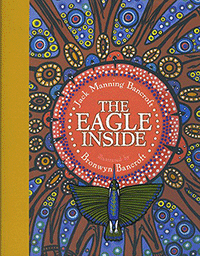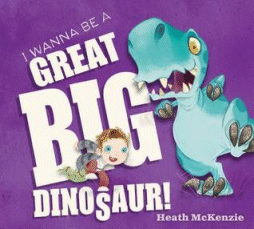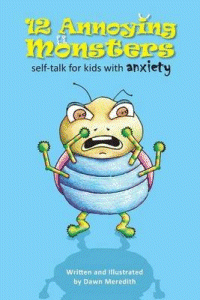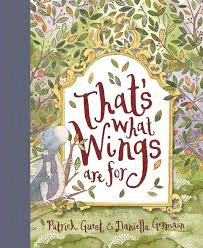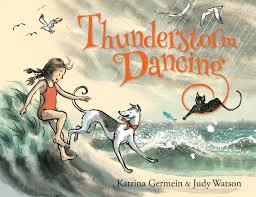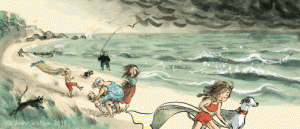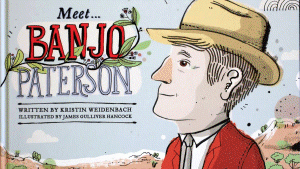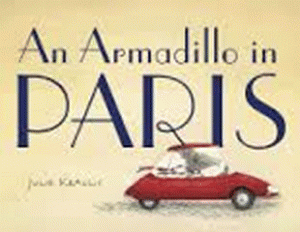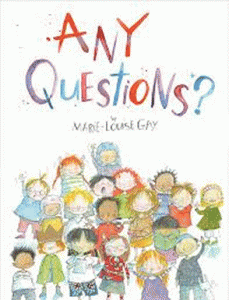The Eagle Inside
Jack Manning Bancroft
Bronwyn Bancroft
Little Hare 2015
Hbk., 32pp., RRP $A24.95
9781742974699
It is Jimmy the honeyeater’s first day at flying school and just like all new students he is somewhat anxious. Would there be other small birds? Would they sip nectar like him or would they be worm eaters? As he approaches the school he is surrounded by birds of all sorts and sizes- all much bigger than he is. Full of fear and doubt already, his anxiety is increased when Cockatoo almost crashes into him and immediately blames Jimmy. “No one bumps into me and gets away with it” screeches Cockatoo who demands Jimmy’s lunch. The other birds laugh at him and Jimmy feels so humiliated he huddles at the bottom of the tree and cries. School is not a place for him.
But then Eagle takes him under his wing and Jimmy (and the other birds) learn a lot of lessons about self-belief, individuality and the eagle inside.
In his dedication to this book, the author writes. “If you have ever felt alone, undervalued or doubted yourself, this book is for you. No matter what people say, you can be what you want if you are willing to believe in yourself and back it up with hard work, hard work and more hard work.” This is a story for everyone who has ever felt intimidated by situation or circumstance, showing that we all have our strengths and an eagle inside. It’s perfect for the preschooler about to journey on to “big school” but also a reaffirmation for those about to start any new journey into an unknown word.
Renowned artist Bronwyn Bancroft has interpreted her son’s words in her distinctive style full of colour, pattern and movement which put Jimmy’s tiny size perfectly in perspective, not only emphasising the reasons for his concerns but how we all feel when we are intimidated if not humiliated. The natural symbiosis between mother and son is evident in the relationship between the text and illustrations and it is no wonder that Ms Bancroft has been nominated for the prestigious Hans Christian Andersen Awards for 2016!
An early contender for the next CBCA Picture Book of the Year nomination, in my opinion!
